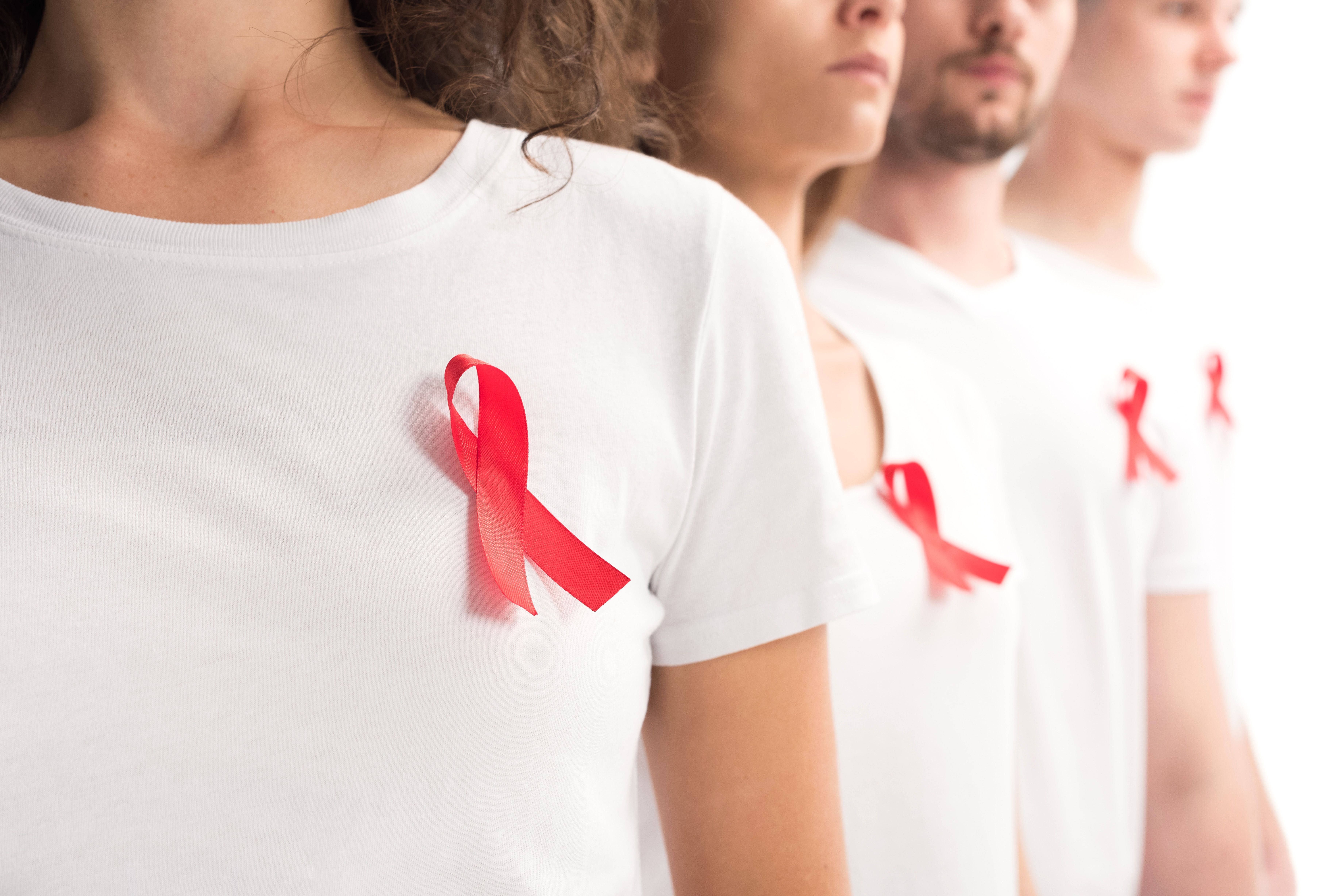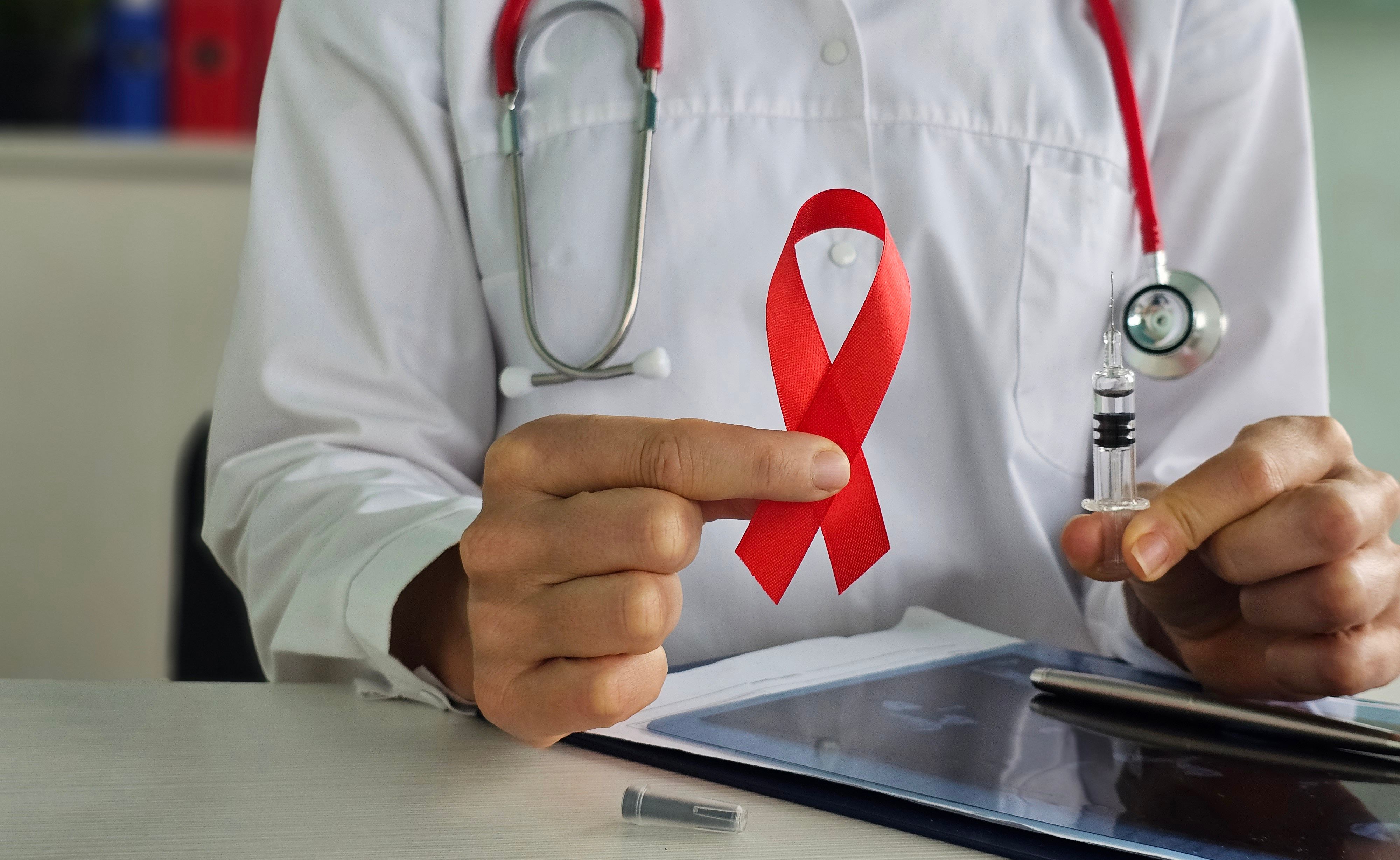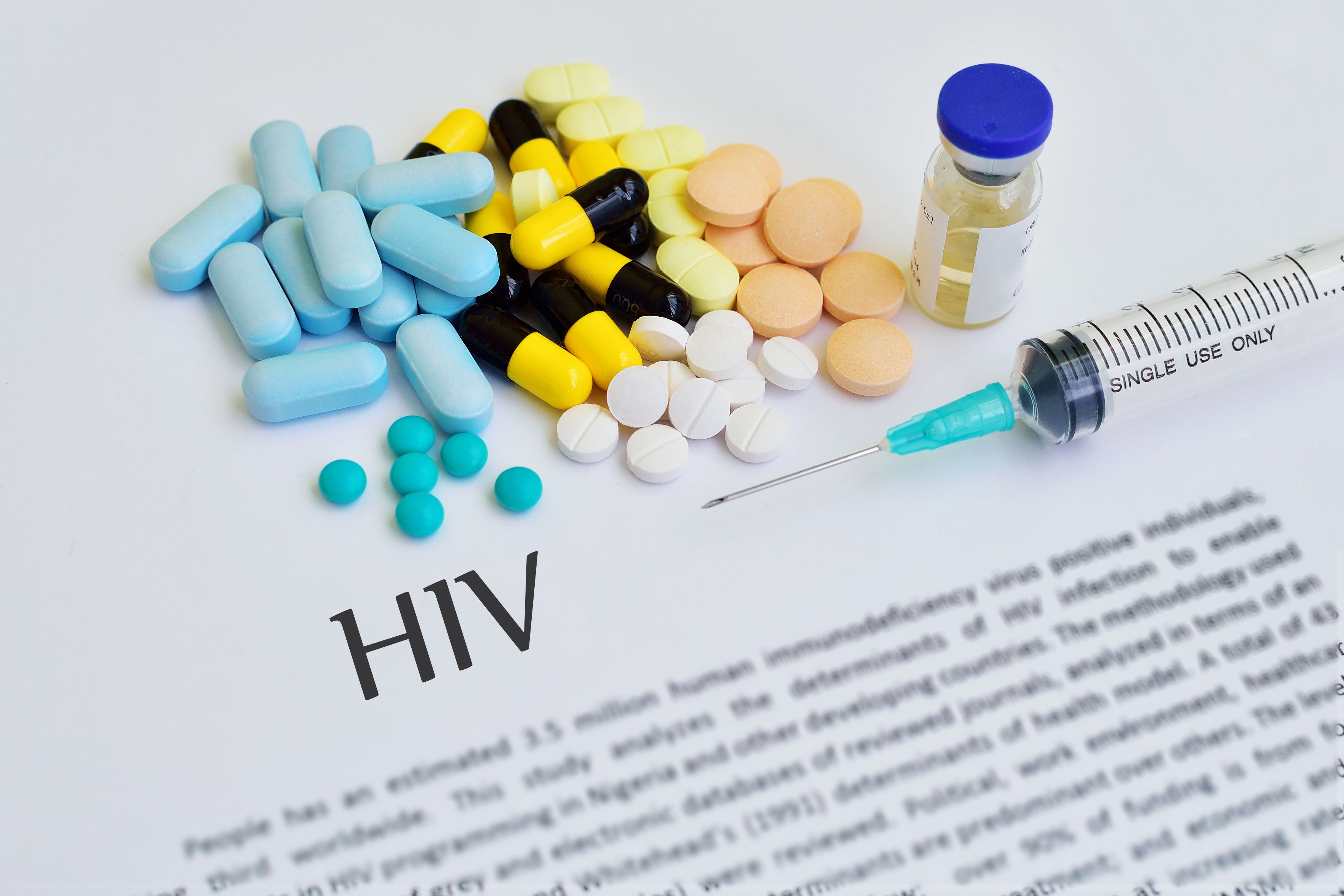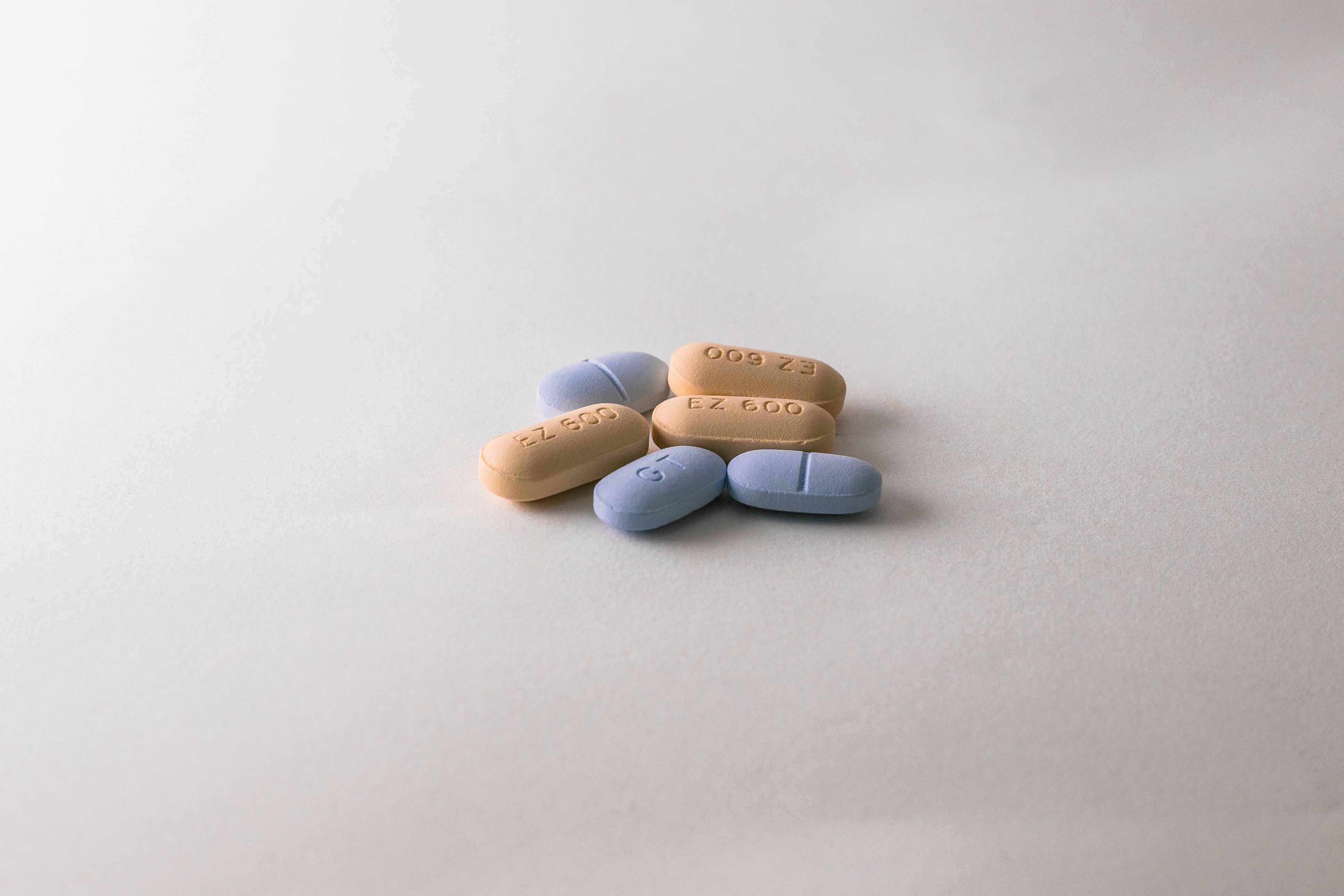Article
CDC Releases Trends in HIV Diagnoses Among Adolescents, Young Adults From 2010 to 2014
Author(s):
During the 4-year time period, the rates of HIV diagnosis decreased among those aged 16 to 19 years, were stable among those aged 20 to 23, and increased among those aged 24 to 29, according to a study published by the CDC.
Although individuals aged 13 to 29 years represented 23% of the US population in 2014, that age group accounted for 40% of HIV diagnoses that year.
According to a study published by the CDC in its Morbidity and Mortality Weekly Report, during 2010 to 2014, the rates of HIV diagnosis decreased among those aged 16 to 19 years, were stable among those aged 20 to 23, and increased among those aged 24 to 29. “However, these 5-year age groups encompass multiple developmental stages and potentially mask trends associated with the rapid psychosocial changes during adolescence through young adulthood,” wrote the authors of the study.
In order to better understand and identify the ideal ages to target primary prevention efforts in the age group, the authors analyzed data from the National HIV Surveillance System (NHSS). The authors extracted data for people aged 13 to 29 who had an HIV diagnosis between 2010 and 2014 and reported to NHSS through June 2016. The numbers and rates of diagnosed infections were calculated by year of diagnosis and by 2-year and 3-year age groups.
Rates per 100,000 were determined using data from the US Census Bureau for the denominators. To examine trends during the time period, the authors calculated the estimated annual percent change in HIV diagnosis rates.
The authors identified 78,337 people aged 13 to 29 who were diagnosed with HIV during the time period. The overall HIV diagnosis rate was 21.3 per 100,000 population. For age groups between 13 and 21, the diagnosis rates varied significantly: 0.7 per 100,000 for those aged 13 to 15, 4.5 for those aged 16 to 17, 16.5 for those aged 18 to 19, and 28.6 for those aged 20 to 21. The rates were higher among those aged 22 to 29, with the highest rate observed in those aged 22 to 23 (34.0). For those aged 24 to 25, the rate was slightly lower (33.8). The rate was 31.3 for those aged 26 to 27 and was 28.7 for those aged 28 to 29.
Although the overall HIV diagnosis rate remained stable (estimated annual percent change, 0.4; 95% CI, —0.1 to 0.9) from 2010 to 2014, the authors observed different trends among age groups. The rates per 100,000 went up from 32.4 to 35.4 among those aged 24 to 25 and up from 30.2 to 33.9 for those aged 26 to 27.
Meanwhile, for all ages 16 to 21, the rates decreased. The rate dropped from 5.0 to 4.2 for those aged 16 to 17, 17.7 to 15.6 for those aged 18 to 19, and 30.1 to 28.3 for those aged 20 to 21. The rates remained stable for people aged 13 to 15, 22 to 23, and 28 to 29.
According to a recent National Health Statistics Report published by the CDC that looked at data during the same time period, 38.8% of women and 53.8% of men aged 15 to 44 had never been tested for HIV, and it was more common for those aged 15 to 24 to never have been tested.
The results of the report coupled with the findings of this study underscore the importance of targeted prevention efforts for the patient population. The authors of the study acknowledged that there is much more to be understood about the factors that affect adolescents and young adults at high risk for contracting or transmitting HIV.
“When implementing effective HIV prevention strategies, a multifaceted approach that incorporates the educational, social, policy, and healthcare systems can help support youths as they transition from adolescence to adulthood,” concluded the authors.





